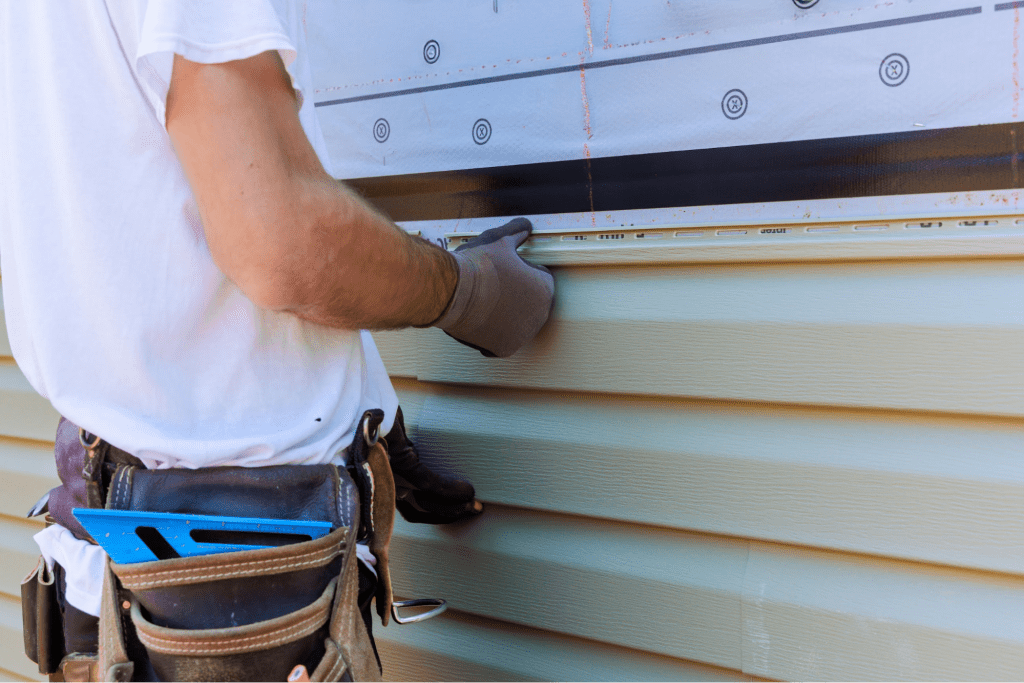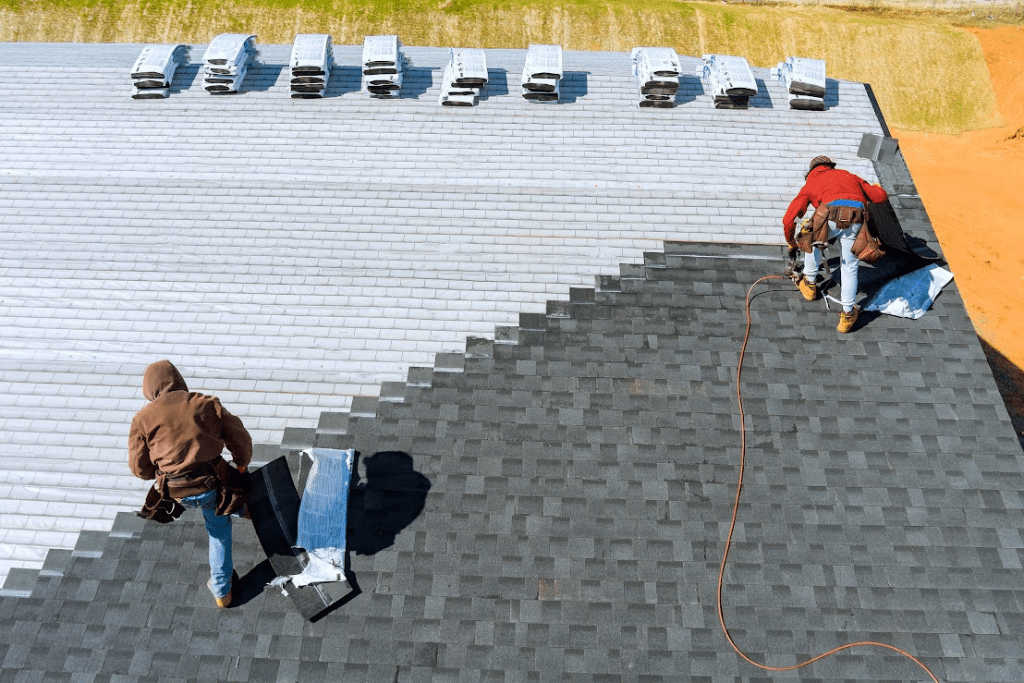What to Expect During a Vinyl Siding Installation Project
Vinyl siding installation is a popular home improvement project that can dramatically enhance the look and protection of your home’s exterior. Whether replacing aging siding or upgrading for the first time, knowing what to expect can help you prepare and reduce stress. This guide will walk you through every step of the vinyl siding installation process, from planning to clean up, so you know exactly what to anticipate. Why Vinyl Siding Installation is a Smart Choice Choosing vinyl siding for your home is practical due to its many benefits. Vinyl siding offers excellent durability against weather, insects, and fading. It is also affordable compared to other siding materials and requires minimal maintenance over the years. The versatility in colors and styles means it can complement nearly any home design, boosting curb appeal without frequent upkeep. This combination of protection, style, and cost-efficiency explains why vinyl siding installation remains one of the most popular exterior upgrades. Planning Your Vinyl Siding Installation Project Proper planning is key to a successful siding installation. During planning, you will meet with your contractor to review your home’s measurements and discuss design preferences. In this stage, you’ll choose the style, color, and special features like insulation or decorative trim. Setting a clear budget and timeline is crucial to avoid surprises later. Thorough preparation ensures the project aligns with your expectations and home needs. Scheduling a Professional Consultation Meeting with a siding expert helps determine what materials and styles best suit your home. The professional will take precise measurements and evaluate the current state of your exterior to identify any potential challenges. This consultation is also the time to ask questions and get expert recommendations tailored to your climate and home architecture. Selecting the Style and Material Vinyl siding comes in many styles, including traditional lap, vertical panels, shakes, and scallops. Choosing the right style can enhance your home’s aesthetic appeal and complement its features. Your contractor can explain the pros and cons of each style and help you find a material grade that balances durability and budget. Preparing Your Home for Vinyl Siding Installation Before work begins, your home and yard must be ready to accommodate the installation team. This preparation involves clearing away outdoor furniture, decorations, and plants that could obstruct access to your walls. It also means protecting your interior by removing breakables near exterior walls, as noise and vibrations are common. Proper preparation helps the installers work efficiently and minimizes disruptions. Clearing the Exterior Work Area Unobstructed access around your home helps the crew move ladders, scaffolding, and materials easily. It also reduces the risk of accidental landscaping or personal belongings. Clearing the area ensures the team can maintain a safe work environment and complete the job efficiently. Protecting the Interior of Your Home Although the installation happens outside, vibrations and noise may travel indoors. Moving fragile items and valuables away from exterior walls can prevent accidental damage during the work. Additionally, closing windows near the work zone helps minimize dust and debris from entering your home. Removing Old Vinyl Siding and Inspecting the Structure If your home has existing siding, it must be removed for the new vinyl. This process lets contractors check the underlying wall structure for damage or decay. Any issues must be repaired before proceeding to ensure a strong, lasting installation. Removing old siding can take several days, depending on the house size and siding condition. The Process of Removing Existing Siding Installers carefully strip old siding without damaging the structural sheathing beneath. This step often involves prying panels loose and hauling away debris, which can be labor-intensive. Protecting the home’s framing during removal is critical to prevent costly repairs later. Checking for and Repairing Damage Once the old siding is removed, the contractor inspects the sheathing, insulation, and framing for signs of moisture damage, rot, or pests. Identifying and addressing these issues early prevents structural problems and extends the life of your new siding. Siding repairs may include replacing damaged wood, sealing gaps, or improving insulation. Preparing the Wall Surface for Vinyl Siding Installation Once the old siding is removed and repairs are completed, the wall surface must be adequately prepared. This preparation includes installing a weather-resistant barrier such as house wrap to protect against moisture intrusion. The sheathing itself may need to be replaced or reinforced to provide a flat, stable base. Proper preparation is critical for the siding to perform well and maintain its appearance over time. Inspecting and Replacing Sheathing Sheathing provides the foundation for siding panels, so it must be in excellent condition. If the existing sheathing is warped, cracked, or rotted, it will be removed and replaced to create a solid surface. This step ensures your new siding will lay flat and fasten securely. Applying a Weather-Resistant Barrier The house wrap or similar weather-resistant barrier protects against water infiltration, allowing trapped moisture to escape. This barrier helps prevent mold and wood rot inside the wall cavity. The barrier is carefully overlapped and sealed around windows and doors to maintain a continuous protective layer. Vinyl Siding Trim and Essential Accessories Before the siding panels are installed, trim pieces like corner posts, starter strips, and window casings are installed. These elements frame the siding and give it a finished, professional look. Properly installed trim also helps direct water away from vulnerable points, protecting the home from leaks. Adding Corner Posts and Starter Strips Corner posts cover the panel edges and create clean, polished corners that enhance your home’s appearance. Starter strips are installed along the bottom edge of walls to provide a secure base for the first row of siding panels. Both elements are crucial for structural integrity and visual appeal. Window and Door Trim Installation Trim around windows and door seals to fill gaps between siding and openings, preventing drafts and water intrusion. This trim adds architectural detail, helping your home look cohesive and well-maintained. Installers carefully measure and cut trim pieces to fit snugly for a seamless finish. How the Vinyl Siding








